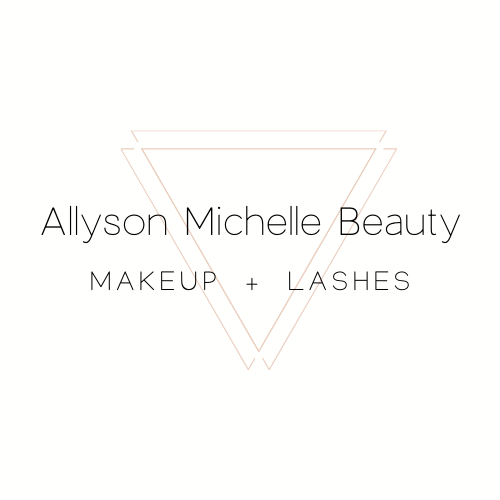Three Steps to Get Rid of Those Pimples!
/Sometimes, I look in the mirror and think, "I'm 28 years old. Why TF do I still get pimples?!" And I'm an aesthetician! This shouldn't be happening, right?!
Well, it does. Hormones, bad habits, diet, stress - all these things contribute to breakouts, and no one is totally immune to it. So when you have a pimple (or several) pop up, how can you get rid of it quickly? Try these tips for a clearer face (Note: sometimes, there are deeper issues that topical treatments can't alleviate - please see a dermatologist or your primary care doctor to check your hormone levels to see if there's something else going on).
1. Double-cleanse your face with an oil cleanser.
Not sure what an oil cleanser is? You can read up on my favorites here. Basically, this is the process: Oil disintegrates oil. If you use an oil cleanser, it can help balance out any excess oil your face may be producing. Double-cleansing ensures you get rid of all the makeup/grime with the first cleanse, and the second cleanse allows the oil to really get down to the pore and help clear it out. You can double-cleanse with an oil cleanser every day as a replacement for your regular cleanser, or save it for when you're having a rough time with clogged pores.
2. Wear a clay mask.
Go and scoop up the super popular Indian Aztec Clay, or any bentonite clay mask you can find, and use twice weekly. The oil cleanser in the previous step has loosened up and cleared away most of the oil, so now the clay mask can absorb and pull out what's left. Leave the mask on until it hardens, and then rinse off gently. You can use a gentle toner afterward, such as the Thayer's Rose Petal Witch Hazel.
3. Use a BHA.
BHA stands for Beta Hydroxy Acid. The most well-known and effective BHA is Salicylic Acid and you'll generally see that listed on the product. This acid is great for working below the surface of your skin and blasting through any grime and extra oil in your pores, so they're cleaned out and in turn, look smaller and your face looks clearer. Salicylic acid also has anti-inflammatory and antibacterial properties so it can help heal those pesky pimples. Grab a box of alcohol-free Stridex pads and use after your mask two to three times weekly, and you can use it on its own several times a week. Let it dry and follow with your moisturizer.
And there ya go! This is a simple, quick way of fighting those blemishes. Your face won't be totally cleared up the next day (it's skin care, not magic), but you should see a major difference after adopting a steady routine like this. And of course, you can always come see me for a facial!




